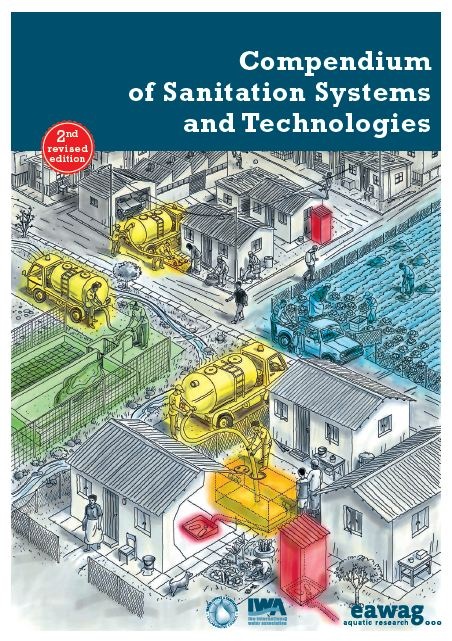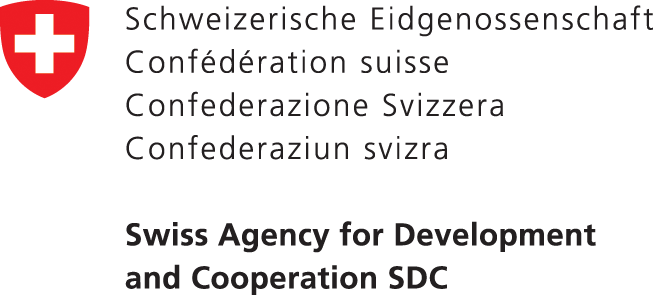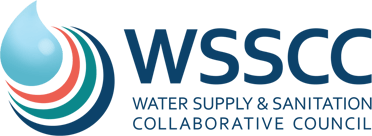

What is the Sanitation Systems Perspective?
It is an interactive version of eawag's Compendium of Sanitation Systems and Technologies, a compilation of appropriate sanitation technologies, plus a tool for combining technologies in a full system.
The Perspective's popularity is its brevity - ordering and structuring a huge range of information on tried and tested technologies. As in the first edition we present only proven technologies that are appropriate for low- and middle-income settings. Also, we include only "improved" sanitation technologies, featuring safe, hygienic, and accessible sanitation. In this eCompendium Perspective we present the whole range of urban, peri-urban and rural technologies (e.g. from simple pits to conventional sewers).
The Compendium is also available in French, Spanish, Vietnamese and Nepalese – check the Eawag-Sandec page regularly for the publication of the Russian and Arabic editions!
Who is the target audience?
Engineers, planners, decision-makers, NGO staff and students concerned with sanitation in low and middle income countries.
What is the purpose?
A digital platform that offers easily accessible information and facilitates decision-making on sanitation systems and technologies.





